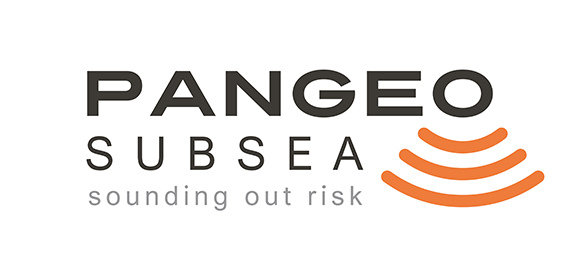PanGeo Subsea, which was bought by fellow Newfoundland and Labrador company Kraken Robotics in July, will lead a $3.4 million Ocean Supercluster project to develop seafloor imaging technology for offshore energy installations.
Also on board are British Columbia’s Cellula Robotics and Memorial University’s Marine Institute. Canada’s Ocean Supercluster will ante up more than half of the funding -- $2 million -- with the rest coming from the three private-sector partners.
They will work to modify PanGeo’s existing acoustic imaging system to scan wider areas, as well as penetrate below the seafloor by as much as 30 metres. The technology is meant for use during the installation of offshore wind turbines and oil and gas wells.
“The marrying of PanGeo and Cellula as industry collaborators will produce a high-quality technology platform ready for commercial use,” said PanGeo CEO Moya Cahill in a press release.
PanGeo has dubbed its seafloor imaging system the Acoustic Corer because it can fill a role similar to that of drilling physical rock cores to determine the geological composition of the seabed.
PanGeo is now a repeat partner with the Ocean Supercluser, with a smaller, $420,000 project to increase diversity in the ocean technology sector also underway. Parent company Kraken, meanwhile, led the first project to receive funding from the supercluster -- a $20 million deal inked in 2019 to improve Kraken’s OceanVision system for seafloor scanning and uploading imagery data to the cloud.
Kraken paid $3 million in cash and $7 million worth of shares for PanGeo, with another $4 million coming due in two years.










